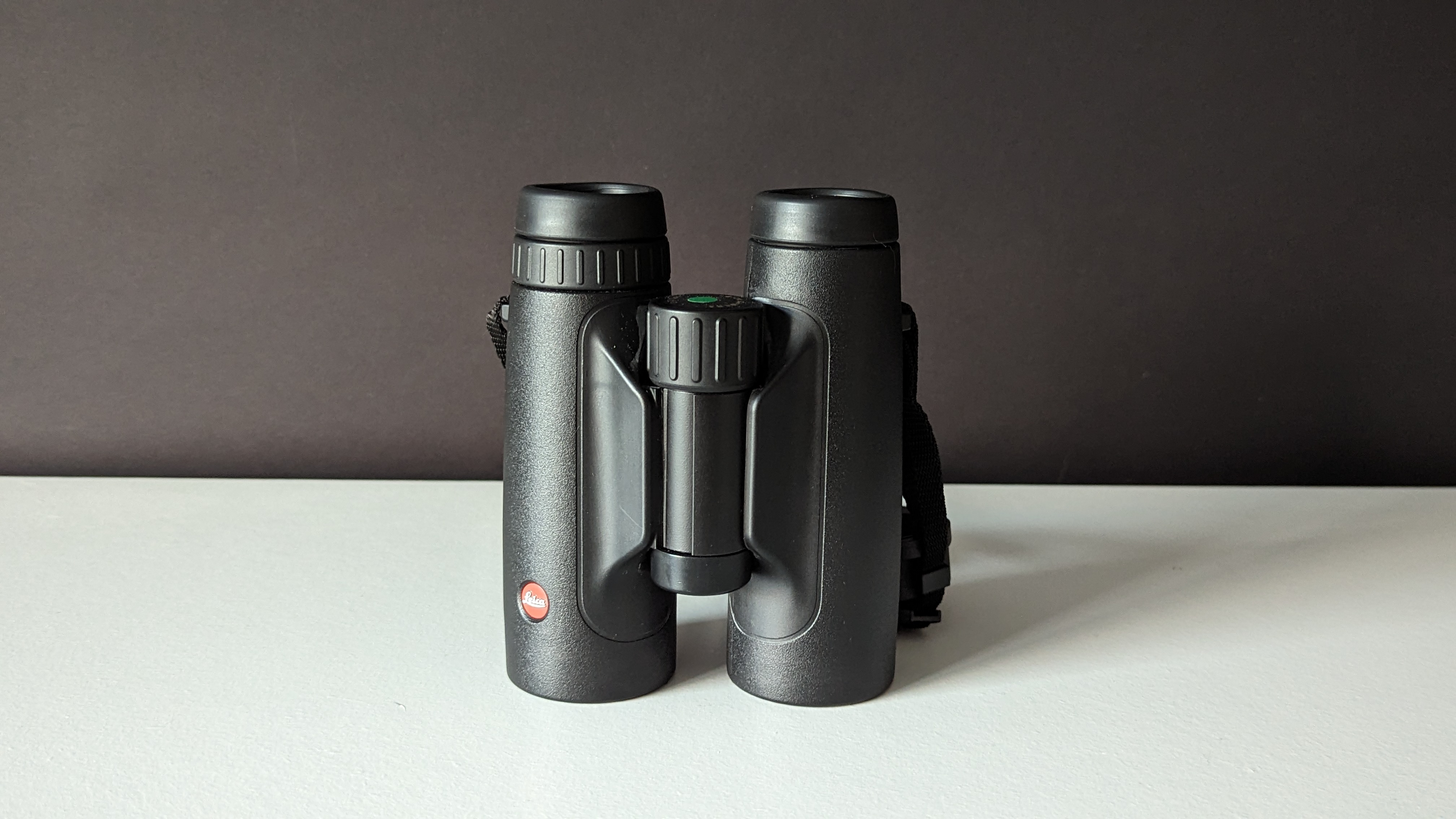Digital Camera World Verdict
A no-frills binocular design from Leica sees the Trinovid 10x42s tied up in a neat roof prism package with excellent optics and in a somewhat affordable class (at least for a pair of Leica binos).
Pros
- +
Roof prism design is compact
- +
Nice, minimal aesthetic
- +
Easy to hold in a single hand
Cons
- -
Eyepiece assembly too easily removed
- -
Lack of diopter lock
- -
Binocular bag takes getting used to
Why you can trust Digital Camera World
Observers who are happy to invest time and money into a pair of generalist binoculars may look to the Leica Trinovid 10x42 HDs as a pair of binos that does everything well. Backed by Leica's legacy of optics and camera manufacturing, the Trinovids benefit from the same well-crafted design that many of their other binocular lines have (like the Ultravids and Noctivids).
Design: Roof prism
Exit pupil: 4.2mm
Eye relief: 15mm
Magnification: 10x and 8x
Objective lenses: 42mm
Durability: Waterproof and fog proof
Dimensions: 140 x 117 x 65mm
Weight: 730g
Available as the 10x42 HD model we've tested here, they can also be picked up in an 8x42 version for those who would like slightly more wide-field viewing. Overall, they're a solid purchase for observers who have around $999 / £980 dedicated to good observing sessions be it bird watching, observing aviation shows, or stargazing, though we'd advise against purchasing them solely for astronomy.
However, there are one or two niggles we had with the pair we reviewed which had us questioning whether the Trinovids were really for us.
The Trinovids are clear, bright, and sharp thanks to their phase-corrected prisms and high light transmission. This is owed to the fully multi-coated optics inside that deliver high-contrast images with accurate color representation without distorting views.
The binoculars have 15mm of eye relief which is a tad on the short side for spectacles wearers who require a good amount of space in order to use the binoculars whilst wearing their eyeglasses. Fortunately, though, a handy little feature built into the eyepieces makes them slightly more appealing, especially if you have a penchant for keeping your gear clean and well-kept.
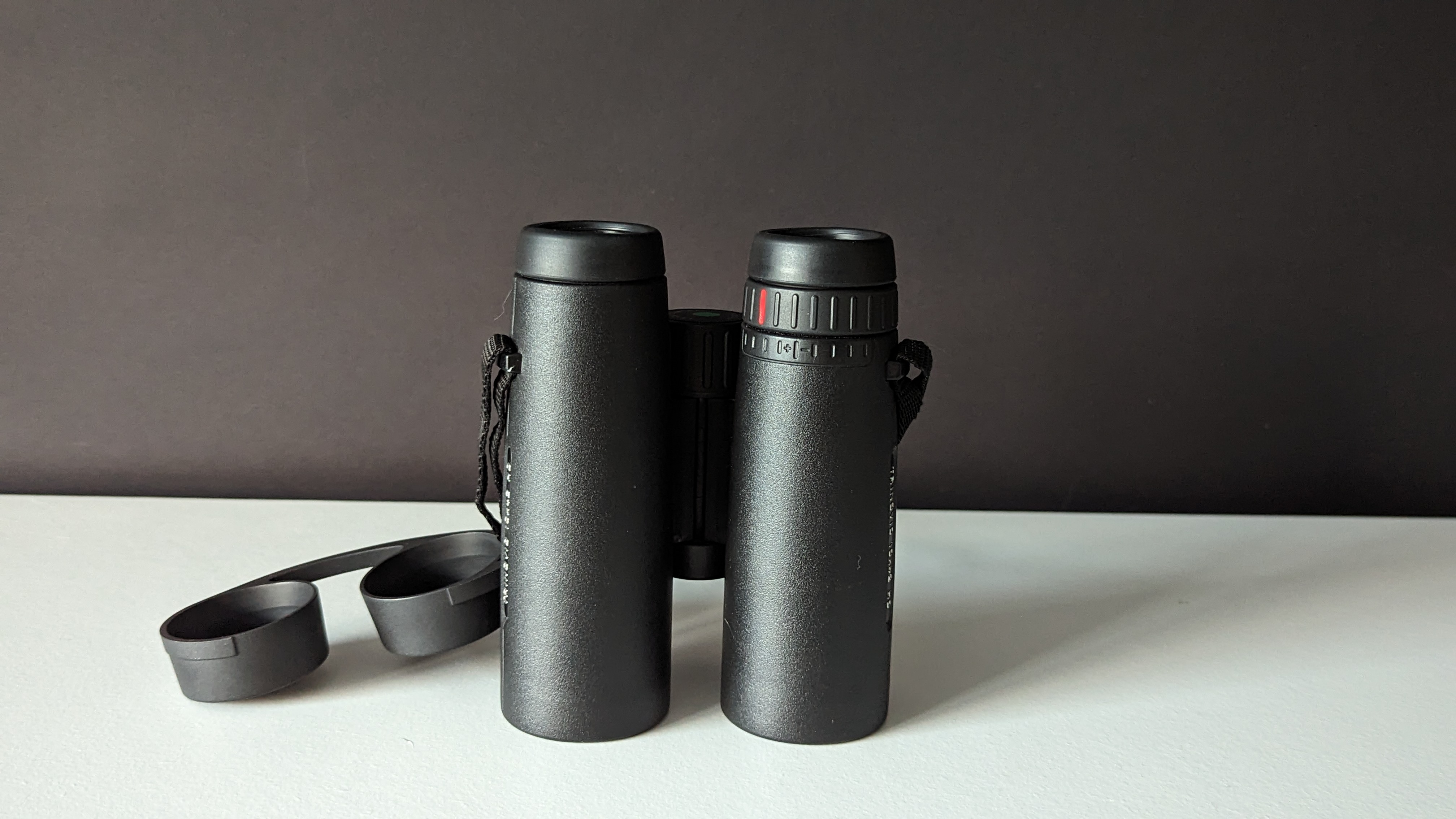
The twist-up eyecups (rather common among many brands of binoculars) can be extended up to a maximum of four clicks and then gently lifted off the binoculars to reveal the eyepiece assembly and metal housing beneath. Glasses wearers can get an extra little bit closer to the glass (careful not to scratch either piece of glass) but it also leaves the assembly open for easy cleaning of dirt and dust that builds up underneath the eyecups.
A neat tripod binocular adapter mounting thread is hidden underneath a discreet cap at the forefront of the hinge which alleviates fatigue when using them for long periods. Observers who spend hours in bird hides or want to view the stars without wobbling can keep the binoculars still whilst also going hands-free if desired.
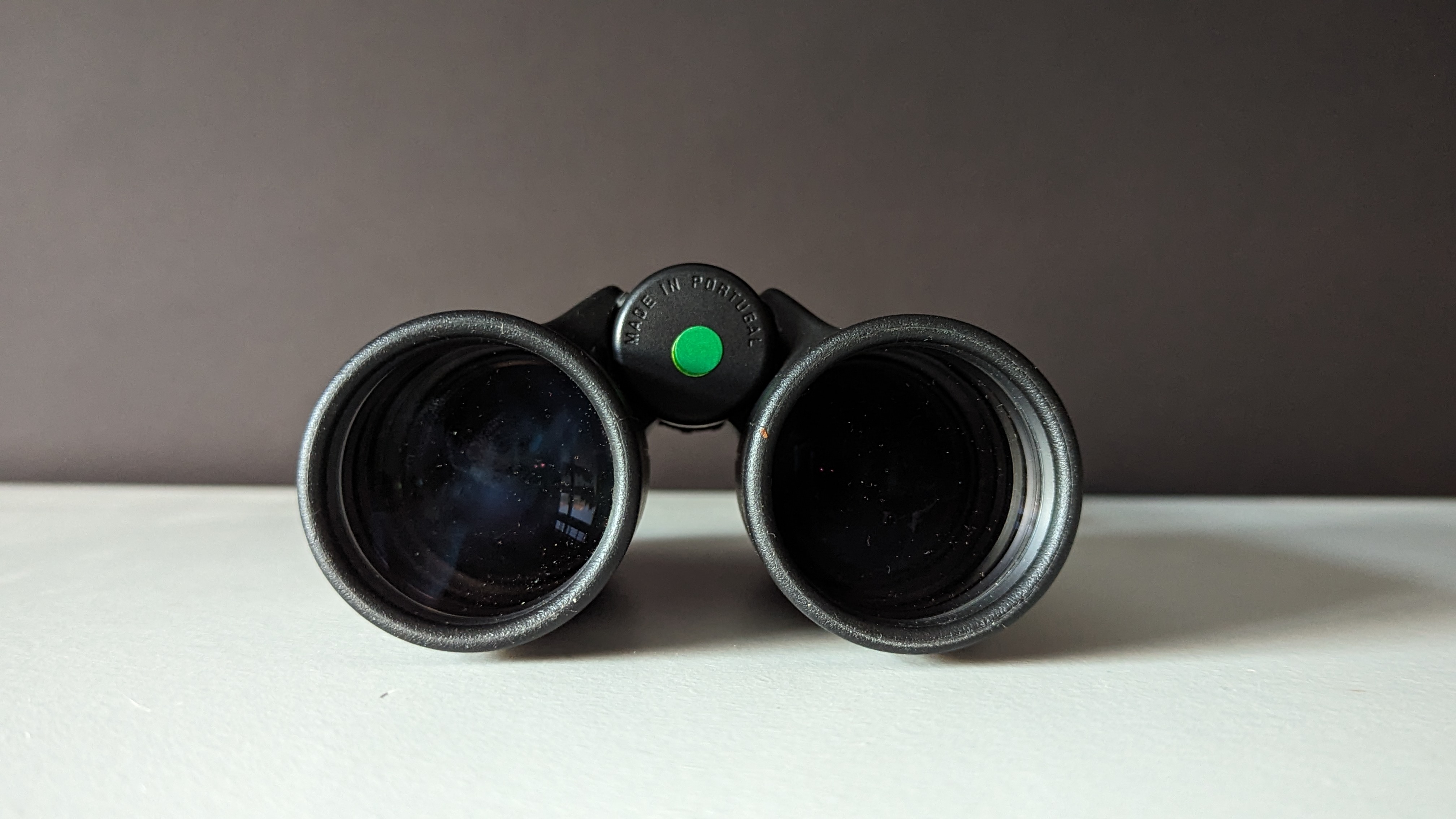
Leica Trinovid 10x42 HD Build & Handling
Picking up the Trinovids for the first time we were pleased to see a clear, large red marker on the diopter adjustment ring. Often, this is hidden away in the form of embossed notches straight into the plastic or rubber the ring is made from which can make it difficult for those with vision impairment to adjust, especially when in dark bird hides or similar.
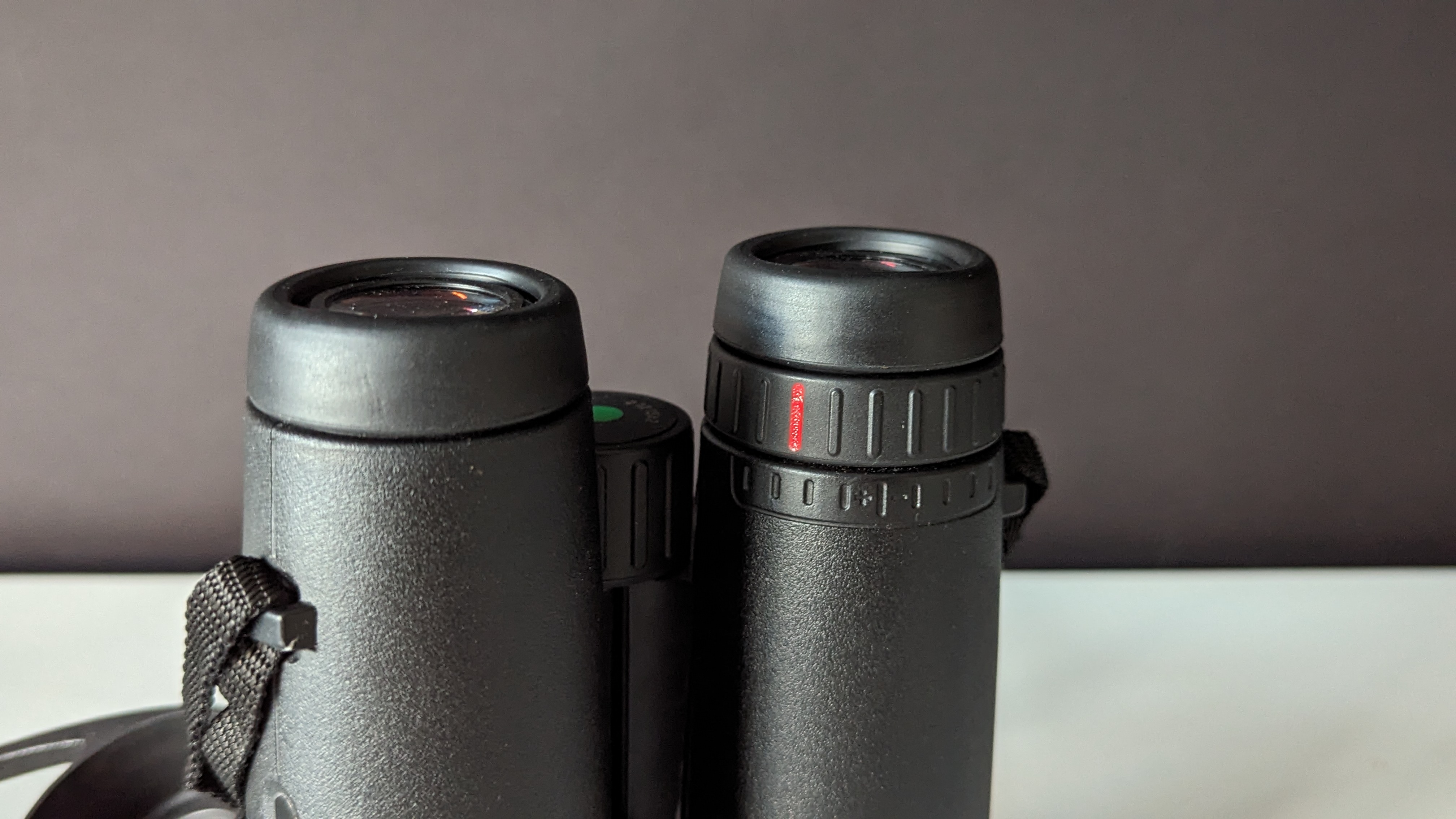
Thanks to the waterproofing housing and lens coatings spending periods observing in the rain made no difference to the Trinovids and the objective lenses could be easily wiped away with a microfibre cloth to clear the glass. They are also watertight down to a depth of four meters so they should be safe even if you drop them in all but the deepest lakes and rivers, provided you can dive in and find them.
A smooth rubber flanked the binoculars all over, except for around the central hinge and focus wheel, and they were comfortable to hold for long periods even with gloves on. They came with a thick neoprene neckstrap so hiking for a few hours was no strain on our neck.
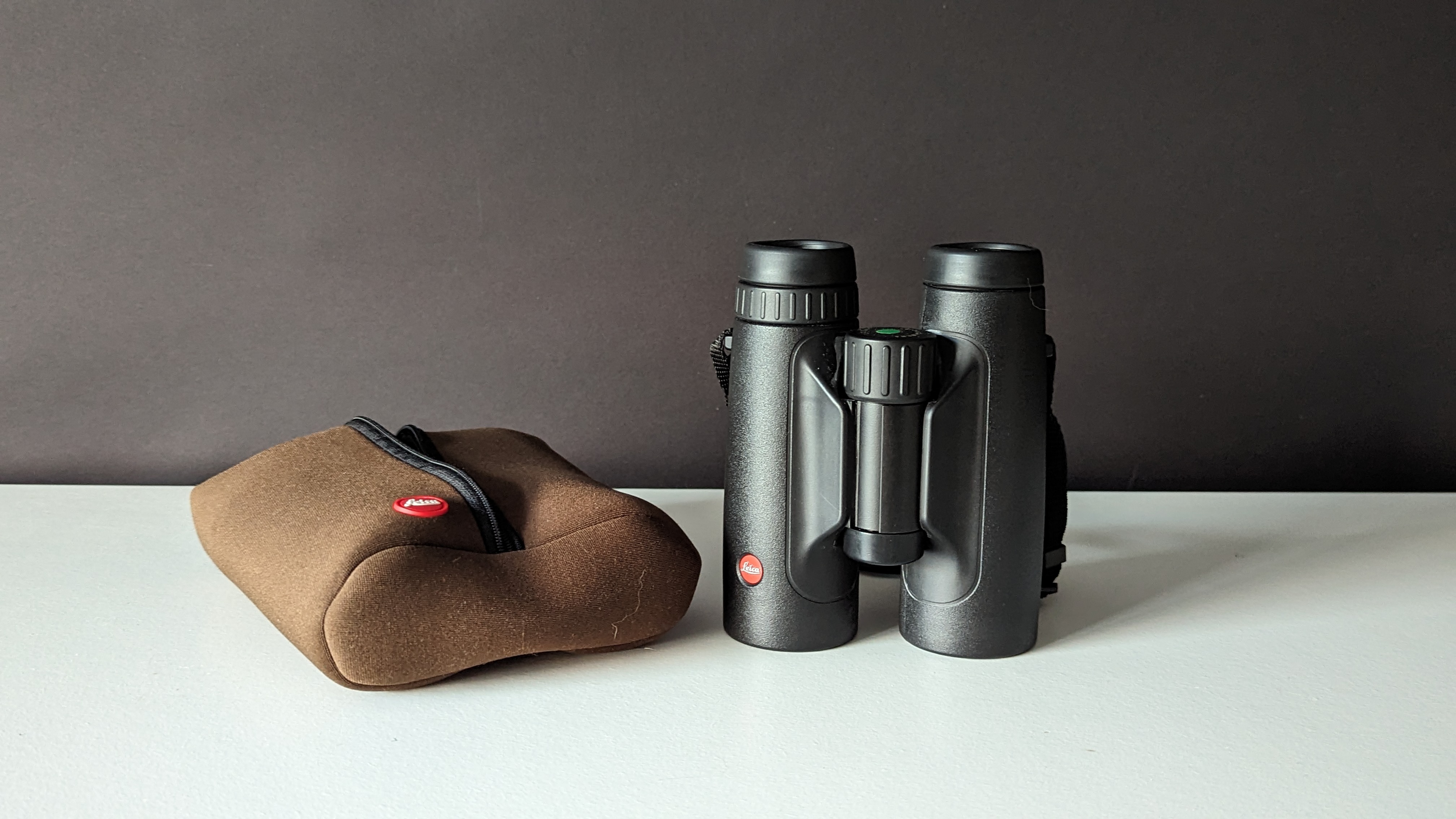
Leica Trinovid 10x42 HD: Performance
It's hard to complain about the views through the Trinovid 10x42 HD binoculars because they perform fantastically. All scenes and subjects were rendered sharply, even when focused as close as possible to our position.
We like to look for coma distortion around subjects, especially apparent when viewing the stars at night or in twilight, but we couldn't find any. Flaring was kept to a minimum also, even when looking toward the setting sun but do remember never to look at the sun with binoculars unless they are solar safe and conform to ISO 12312-2 standards.
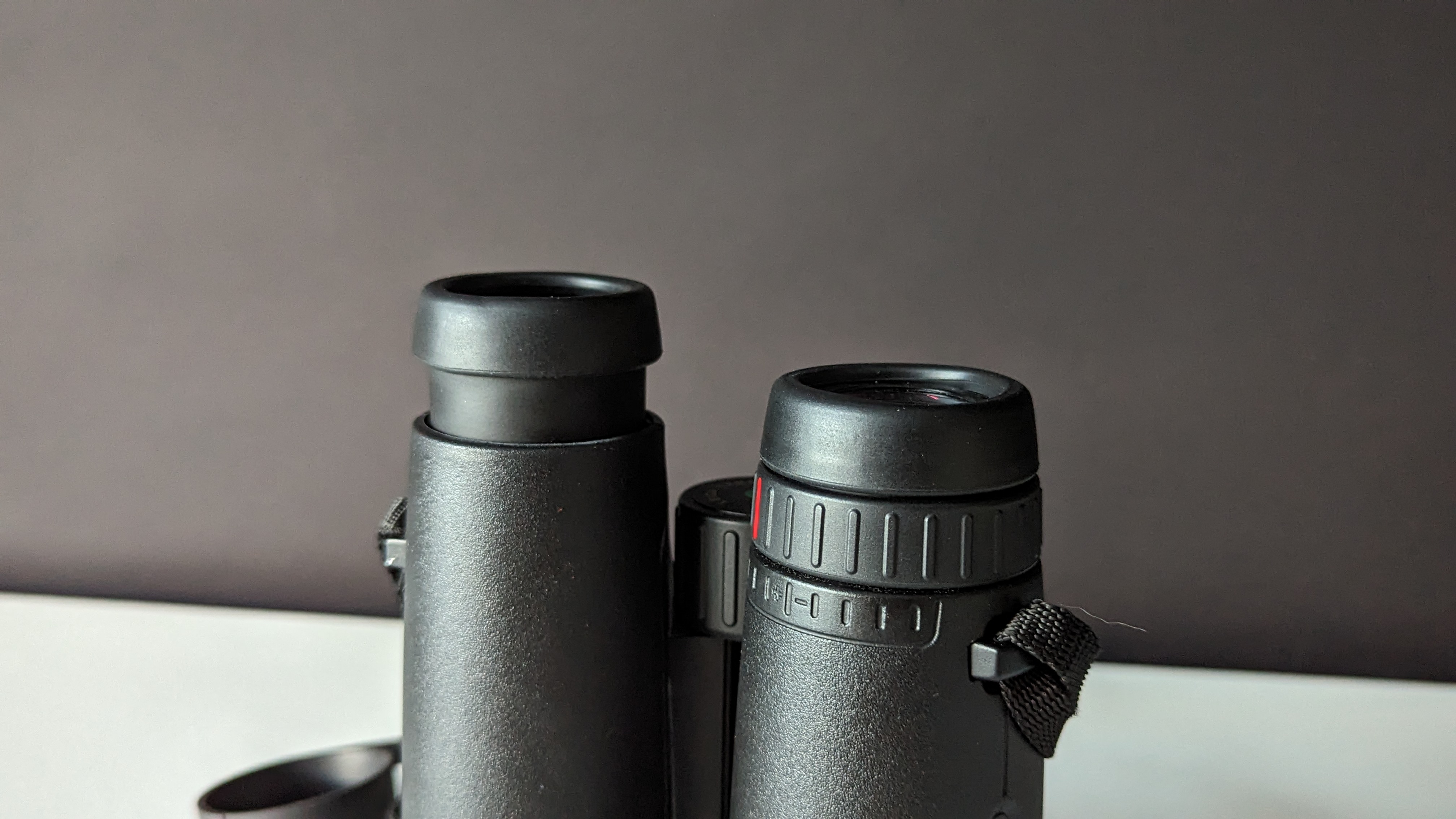
We did notice some purple fringing though, which at this price point of nearly $1000 / £1000 we were a little let down by. True, we had to look toward highly contrasted scenes such as backlit birds perched on branches vaulting out into a bright overcast sky, but still, it was there. We have seen other binoculars at this price point with less chromatic aberration such as the Nikon Monarch HG line.
Leica Trinovid 10x42 HD: Verdict
Minimalist aesthetics, lovely smooth shoulder lines, and a compact, lightweight body make up the Leica Trinovids. Excellent optics mean bright, sharp views but with a little purple fringing around heavily contrasted subjects. The Trinovids are a great pair to buy if you want to balance looks with great views.
But at this price, other binoculars outperform them if measured by views alone. Beginners will find these binoculars easy to use but hard to justify considering the nearly four-figure price tag.
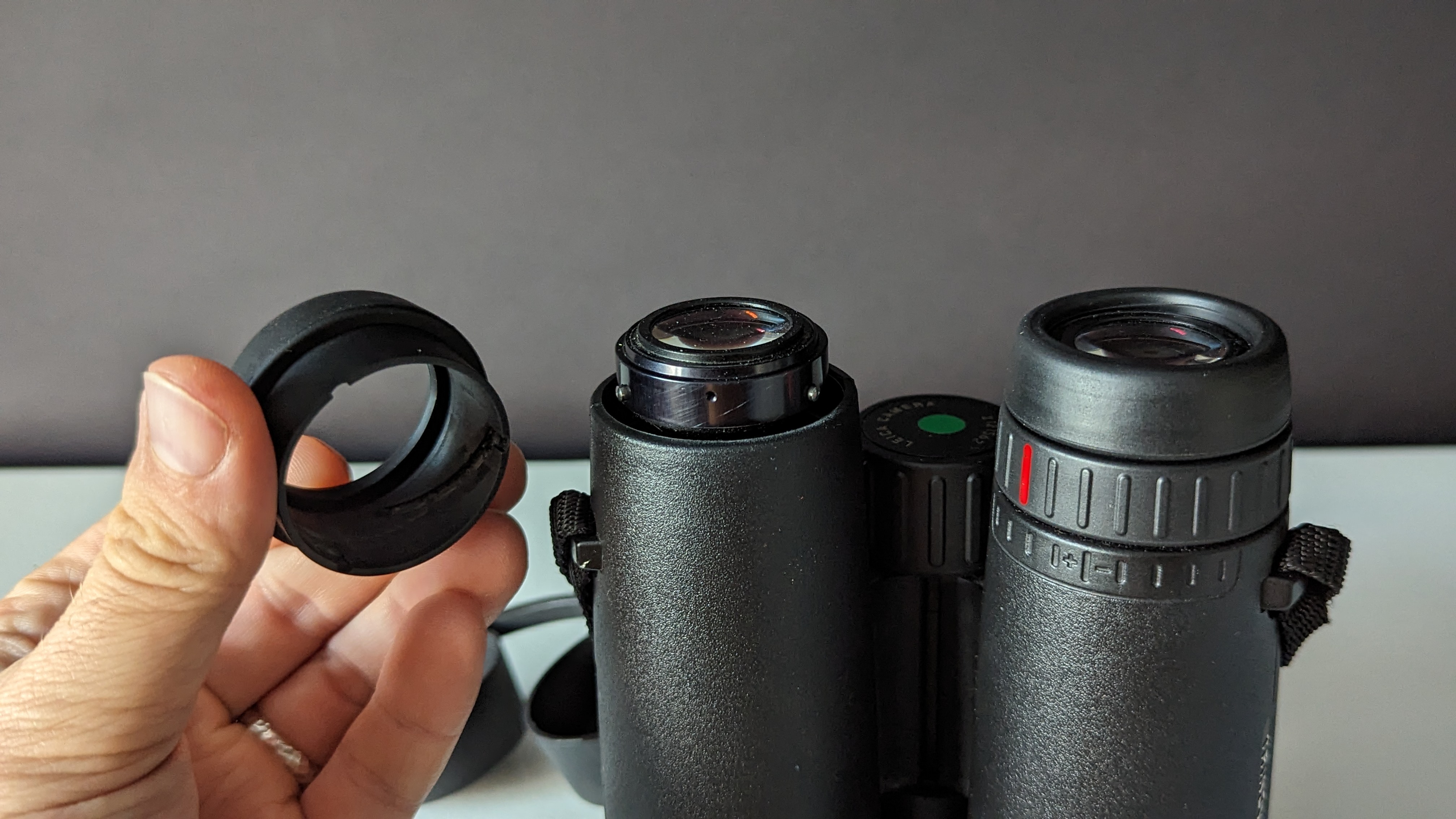
You might also like...
For an almost identical price, the ultimate model in Nikon's binocular line-up is the Nikon Monarch HG 10x42 which we previously reviewed. While not as visually refined as the Leica Trinovids reviewed here we think that if you're going for pure optical clarity and performance the Nikon's are the nearly £1000/$1000 to go for. They also have a locking dioptre ring which means you won't accidentally bump them out of focus when pulling them out of the carry bag.
Perhaps you need to keep costs down and simply want a good pair of generalist binoculars at a reasonable price, but still want the reputation that comes with a big brand name? We'd then recommend the Nikon Prostaff P3s. Just under £100 gives you some premium feel to the twist-up eyecups and stunningly good optics for the price, but the accessories such as lens caps, neckstrap, and carry bag all lack the plushness that the aforementioned binoculars have in spades.
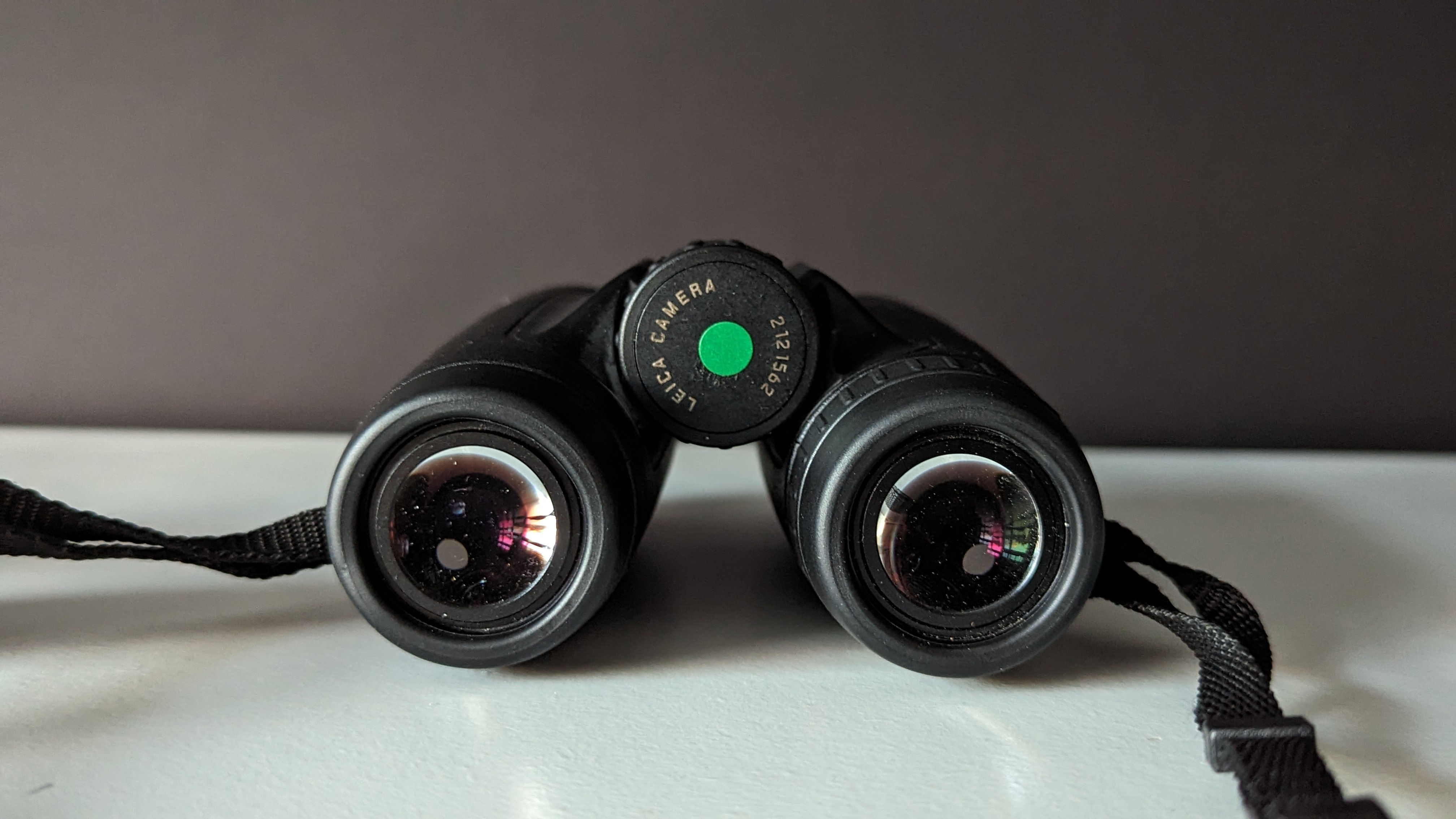
Jase Parnell-Brookes is an award-winning photographer, educator and writer based in the UK. They won the Gold Prize award in the Nikon Photo Contest 2018/19 and was named Digital Photographer of the Year in 2014. After completing their Masters Jase has spent a good chunk of two decades studying and working in photography and optics shooting and writing all over the world for big-name brands and media outlets. Now the Channel Editor for Cameras and Skywatching at Space.com their speciality is in low light optics and camera systems.
